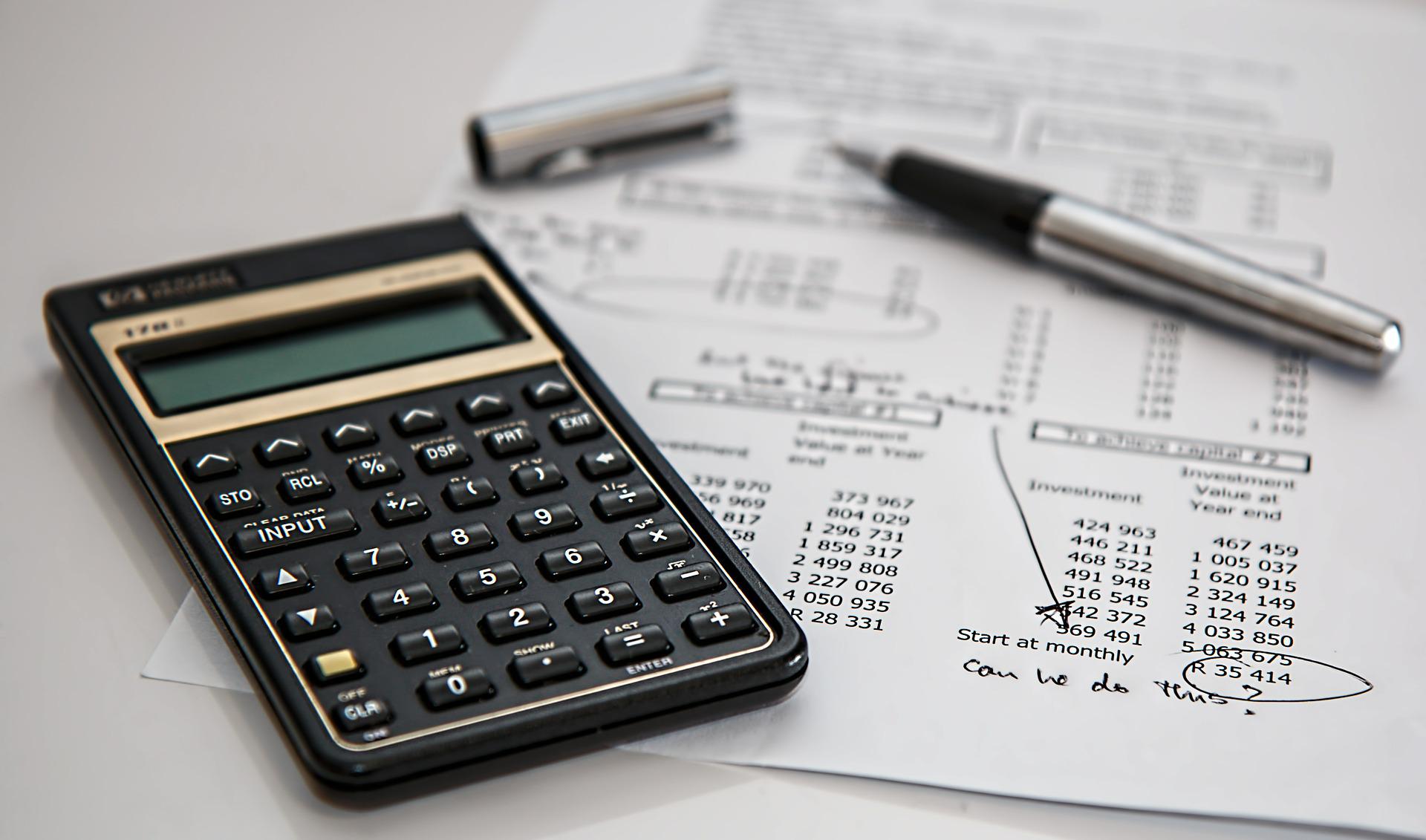
If you’re in the process of setting up your restaurant accounting, building a restaurant chart of accounts will be a top priority on your to-do list. In a nutshell, your restaurant chart of accounts is an essential accounting document that will help keep track of the money coming in and out of your restaurant – playing a pivotal role in your restaurant accounting and empowering you to better manage your finances.
What is a restaurant chart of accounts?
A restaurant chart of accounts documents the different categories of expenses, revenue, and other financial transactions that a restaurant incurs. The chart of accounts is often used as the source of truth for a restaurant’s finances and helps to inform other financial statements, such as balance sheets, profit and loss (P&L) statements, and cash flow statements.
A typical restaurant chart of accounts will include categories such as food and labour costs, rent, utilities, marketing expenses, and revenue from sales. The specific categories and sub-categories included in a restaurant’s chart of accounts will vary from venue to venue and will often depend on the size, operational complexity, and type of restaurant.
Having a well-structured chart of accounts will empower you to accurately track your finances, making it easier to prepare financial statements and analyse the financial performance of your business. The chart of accounts is also an essential tool for tax compliance and will help inform your decisions about your restaurant’s financial operations.
Why is your restaurant chart of accounts important?
Your restaurant chart of accounts will provide the foundation for all of your financial records and reporting. It also provides a solid framework for organising and categorising all of the different financial transactions that flow through your restaurant.
While you can keep it simple when building your chart of accounts, the more detail you include, the easier it will be to get a snapshot of your restaurant’s financial health. This will make it easier to understand where you might be spending too much money and empower you to make informed decisions.

The benefits of keeping a restaurant chart of accounts
Aside from providing a structure to keep track of your finances, there are several other benefits associated with having a restaurant chart of accounts.
Streamline your record keeping
By categorising all of your restaurant’s transactions into specific categories in one centralised document, it’s much easier to track your expenses, revenue, and overall financial performance. This streamlined record keeping will ensure your financial records are up-to-date and accurate, which is essential come tax time, during financial audits, and to assist other financial reporting.
Improve your financial analysis
With a chart of accounts, analysing the financial performance of your restaurant becomes much more manageable, and it’s easy to identify areas of strength and weakness – is one expense category blowing out and costing too much, for example? Armed with this information, you’ll be empowered to make more informed decisions about your restaurant, such as adjusting menu prices, reducing waste, or improving marketing efforts.
Better budgeting and financial planning
Your chart of accounts will help inform your budgeting process by breaking down all of your different expenses into categories, such as inventory, marketing, wages etc. This visibility will tell you, at a glance, where the majority of your money is being spent, allowing for more accurate budgeting and forecasting.
With a clear understanding of your restaurant’s financial performance, you and your management team can make informed decisions about growth initiatives, expansion, and other long-term planning.
5 things to include in your restaurant chart of accounts
When drawing up a restaurant chart of accounts, most businesses will include five sections:
1. Assets
In this section, you’ll need to list all of your restaurant’s current and fixed assets and their value. This can include but is not limited to:
- Cash-on-hand & bank balances: cash in your safe, cash drawers and money in your bank account
- On-hand inventory: all food and beverages in your restaurant
- Kitchen equipment: include any equipment you own outright, such as fridges, freezers etc.
- Front-of-house furniture: tables, chairs, artwork, lighting etc.
- Printers: receipt and docket printers
- Computers, phones and tablets: this can include your POS system, back office computers, kitchen display screens etc.
2. Liabilities
The liabilities section in your chart of accounts needs to include any money your restaurant owes, such as:
- Credit card debt: any outstanding balances on credit cards associated with your business
- Loan repayments: such as loans for kitchen equipment
- Overdue taxes: any business-related taxes that are outstanding
- Unpaid invoices: the balance of any invoices that are yet to be paid
3. Equity
This section should outline any ownership interest that’s associated with your restaurant, such as:
- Land: the value of any land owned by your business
- Property: the value of any property owned by your business
- Stocks: if your company is listed, the value of any stocks owned by shareholders
4. Income
In this section, you’ll need to outline all of the revenue that your restaurant generates and include all sources of income. Examples include sales from:
- In-house dining: all revenue from your in-house dining, including QR table ordering through a third-party such as Bopple.
- Wholesales and B2B: any sales to other businesses
- Takeaway and delivery: income from in-house delivery and third-party services such as Uber.
- Catering and events: any revenue from catering services, such as weddings or birthday parties.
- Merchandise: revenue from merchandise sales, such as branded t-shirts.
5. Expenses
Your expenses section needs to include all of the expenses that your restaurant incurs and any money you spend on a daily, weekly, monthly and yearly basis. This can include, but is not limited to:
- Rent and utilities: water, gas, electricity
- Wages and superannuation: the total sum of employee wages and super
- Marketing and advertising: printing costs for flyers, Facebook advertising etc.
- COGS: calculate the total cost of goods sold
- Software subscription fees: POS subscription fees, accounting software, online delivery apps etc.
- Insurance: such as public liability insurance
- Licences and certificates: liquor licence, music licence etc.
- Purchasing new equipment and supplies: cleaning supplies, new glassware, furniture etc.
Having a well-organised restaurant chart of accounts is essential for accurate accounting and the overall success of your restaurant. It helps ensure that financial information is compliant, accurate, up-to-date and easily accessible, which in turn enables better decision-making and financial performance, helping to drive the profitability of your business.

News you care about. Tips you can use.
Everything your business needs to grow, delivered straight to your inbox.


